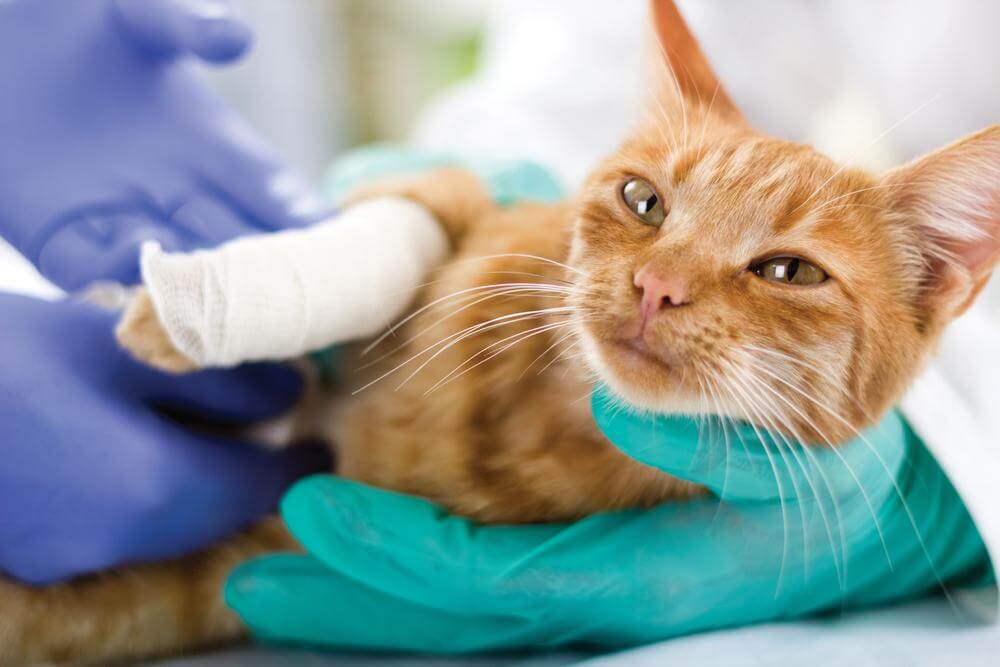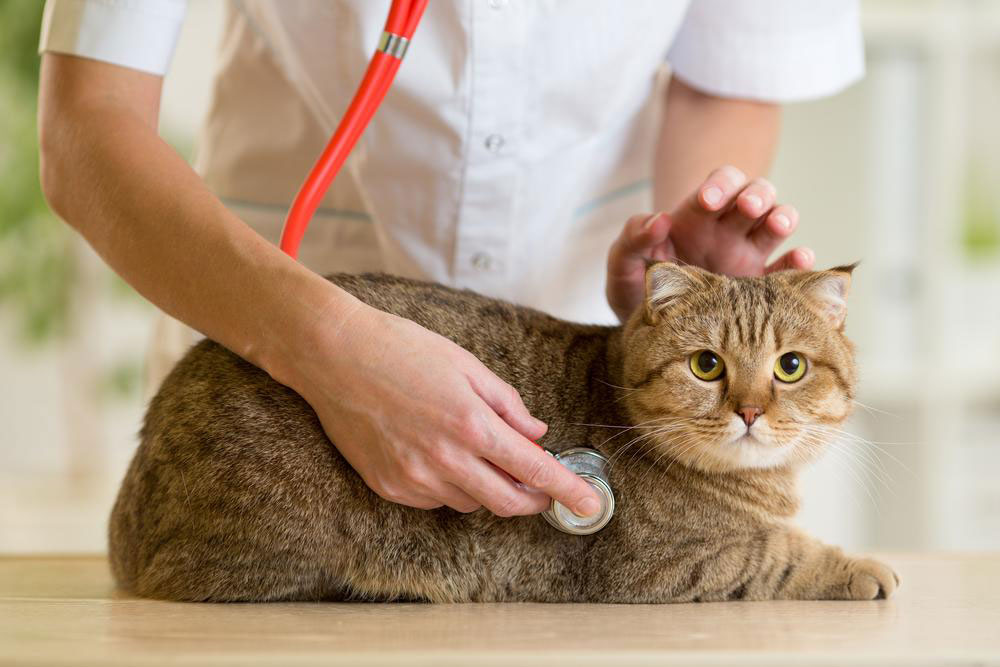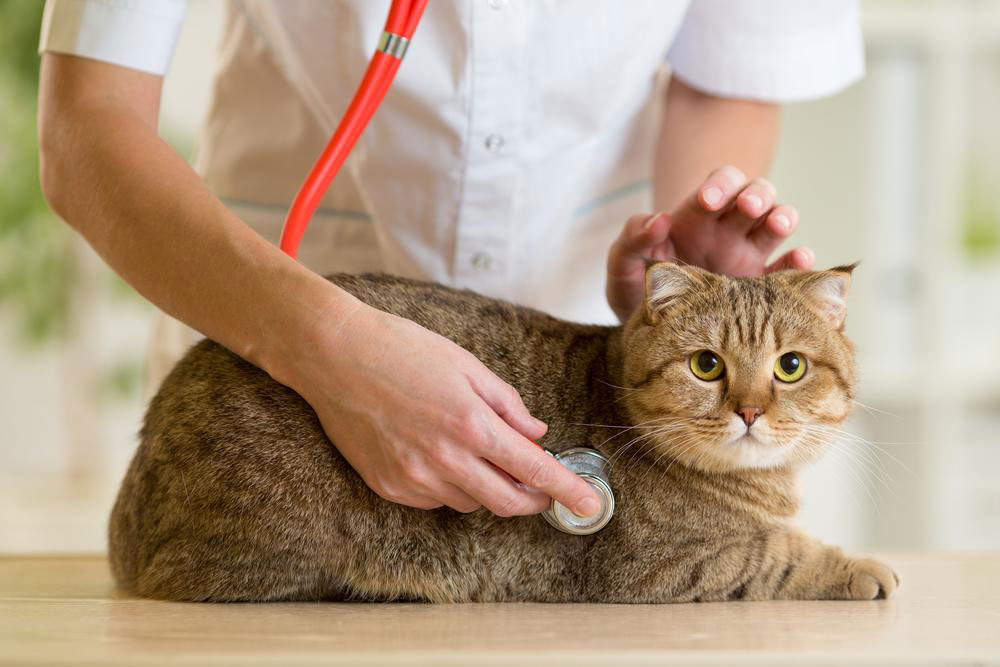Ultimate Guide to Pet Insurance: Covering Spaying and Neutering Expenses to Protect Your Furry Friend
This comprehensive guide explores pet insurance coverage for spaying and neutering procedures. Discover how insurance plans can help offset surgical costs, the importance of early sterilization, and tips for choosing the best coverage options. Protect your pet’s health and manage expenses effectively with the right insurance plan, ensuring a healthier, happier life for your furry friend and contributing positively to the community by preventing overpopulation.

Comprehensive Overview of Pet Insurance Coverage for Spaying and Neutering Procedures
Owning a pet is a rewarding experience that comes with numerous responsibilities. One critical aspect of responsible pet ownership is ensuring that your pet undergoes sterilization procedures such as spaying and neutering. These surgeries play a vital role in controlling the overpopulation of stray animals and prevent numerous health and behavioral issues. Providing your pet with proper healthcare options, including insurance coverage for these procedures, can significantly ease the financial burden while promoting the well-being of your furry companion. In this comprehensive guide, we delve into the importance of pet insurance coverage for sterilization surgeries, explore the costs involved, and offer practical advice on selecting the best insurance plans to suit your needs.
Spaying and neutering are surgical procedures that make a lasting impact on your pet's health and the community. Spaying, or ovariohysterectomy, involves the removal of the ovaries, uterus, and fallopian tubes in females. Neutering, or orchiectomy, entails removing the testes in males. These procedures help eliminate the risk of certain cancers, reduce aggressive behaviors, and prevent unwanted pregnancies. Despite their benefits, these surgeries can be costly, especially when considering veterinary fees, anesthesia, medication, and post-operative care. Fortunately, many pet insurance plans now offer coverage options that include sterilization procedures, helping pet owners manage costs without compromising their pet's health.
When considering pet insurance, understanding which policies cover spaying and neutering is essential. Most standard accident and illness plans exclude these procedures, labeling them as elective or wellness services. However, many providers offer specialized wellness plans or add-ons that include sterilization surgeries. Coverage amounts can vary significantly—from a few hundred to over a thousand dollars—depending on the insurer and the plan selected. It's crucial to compare plans carefully, paying attention to limits, deductibles, and reimbursement rates to maximize your coverage benefits.
Leading insurers such as Figo Pet Insurance, Trupanion, Healthy Paws, and Embrace offer various plans that encompass sterilization surgeries. When choosing a plan, consider your pet’s age, breed, and health history, as these factors influence eligibility and coverage specifics. Early sterilization not only benefits your pet’s health but also often aligns with insurer requirements, ensuring you don't encounter unexpected exclusions later on. Failure to sterilize your pet within certain age limits might result in increased costs or restricted coverage for particular health conditions—emphasizing the importance of early planning.
Neglecting to spay or neuter your pet can lead to significant health issues and higher veterinary costs in the long run. Unspayed females are at risk for pyometra, ovarian cysts, certain cancers, and behavioral problems. Unneutered males may develop prostatic disease, testicular tumors, and aggressive tendencies. Additionally, animals that remain unsterilized are more likely to contribute to overpopulation, resulting in more animals living in shelters or facing euthanasia. The average veterinary bill for common reproductive health issues can exceed $600, especially when diagnostic tests and emergency care are required. Investing in a comprehensive insurance plan that covers sterilization can mitigate these expenses and ensure your pet's health is protected throughout their life.
In summary, securing pet insurance coverage for spaying and neutering is a responsible step that benefits both your pet and the community. It helps reduce the financial stress associated with these important surgeries and encourages responsible breeding practices. When selecting an insurance plan, compare features, coverage limits, and provider reputation carefully. Early sterilization and appropriate insurance coverage serve as preventive measures, enhancing your pet’s health, longevity, and overall happiness.





